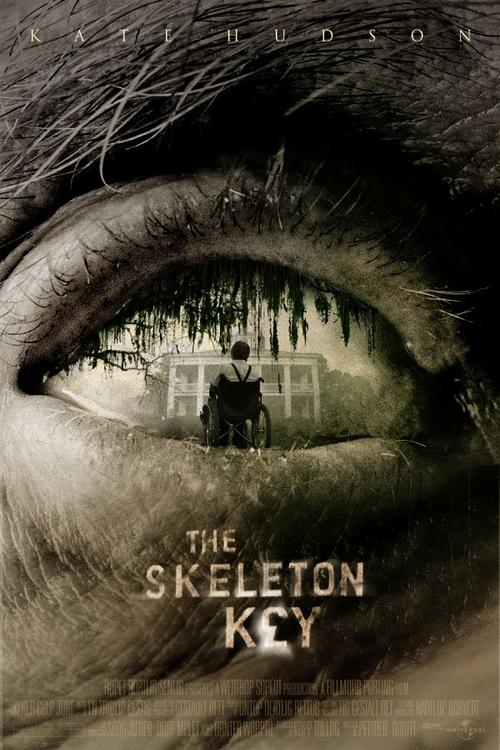August 10, 2005
The religion of everyday life
Me on The Skeleton Key over at Hyperstition.
I think the film provides an answer to the question Steven Shaviro posed a while back in an excellent post on commodity fetishism. He was addressing Zizek's take on Marx's thesis in The Sublime Object of Ideology. The genius of Zizek's take on commodity fetishism resides in his fidelity to Marx's argument; he reinvigorates a concept that had become a tired theoretical commonplace simply by reading Marx very closely.
For Zizek, the error of the standard account of commodity fetishism was to have conceived of ideology merely as a species of illusion. Strictly speaking, however, ideology is to be located in the relationship between belief and behaviour, not at the level of belief alone. The ideological stance is thus: 'I don't believe it [in other words, I have no illusions] but I do it any way.'
Steven asks:
'But why does Zizek, in this turn to material practice, still characterize what he finds there in terms of “belief,” which is to say cognition? Following Zizek’s own logic, we should say that commodity fetishism is not a matter of belief or ideology. It doesn’t belong to the category of mystification, or intellectual (mis)apprehension, at all. Rather, fetishism or animism is a set of ritual practices, stances, and attunements to the world, constituting the way we participate in capitalist existence. Commodities actually are alive: more alive, perhaps, than we ourselves are. They “appear,” or stand forth, or “shine” (the word Marx uses is scheinen) as autonomous beings. Commodities don’t just “believe” for us; much more, they usurp our day-to-day lives, and act pragmatically in our place. The “naive” consumer, who sees commodities as animate beings, endowed with magical properties, is therefore not mystified or deluded. He or she is accurately perceiving the way that capitalism works, how it endows material things with an inner life. Under the reign of commodities, we live — as William Burroughs said we did — in a “magical universe.”'
But the point is that there is no 'naive consumer' who 'believes' that commodities are animate beings. Asked if they think that commodities are alive or possess will, consumers will snort derisively. Nevertheless, they will continue to act as if commodities are animate entities.
There is, however, no question of the behaviour without the belief, no possibility of a short cut which circumvents belief altogether, because people will only perform the ritual practices if they are confident that they 'know they mean nothing'. Belief is indispensable to the ideological operation but only as something disavowed. We come, then, to a surprising conclusion: on the level of belief, far from being about the consuming of illusions, capitalist ideology is about the explicit refusal of illusions - but it is only through this refusal that illusions can be consumed at the level of behaviour.
To return, then, to The Skeleton Key. Caroline can only be duped into ritualistic involvement in Hoodoo precisely because she does not believe in it. The crucial illusion lies not in the content of her beliefs, but in the status that she accords to her belief. She thinks that what is most important is not what she does, but what she believes. She is confident that her participation is only on the basis of the belief of an Other, and therefore doesn't 'count', much in the same way that consumers, who at the level of belief are hard-headed, disenchanted Anglo-Saxon utilitarians, can participate in capitalist animism - because it is not they who believe, but the commodities themselves.
Posted by mark at August 10, 2005 03:35 PM | TrackBack